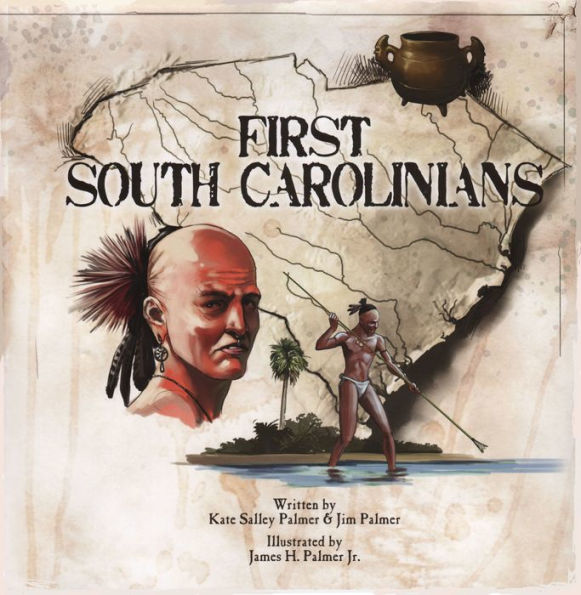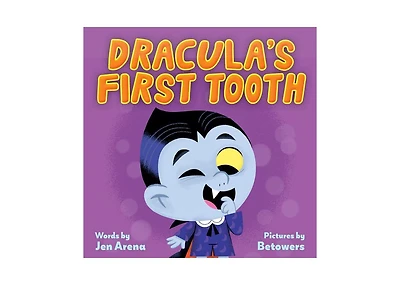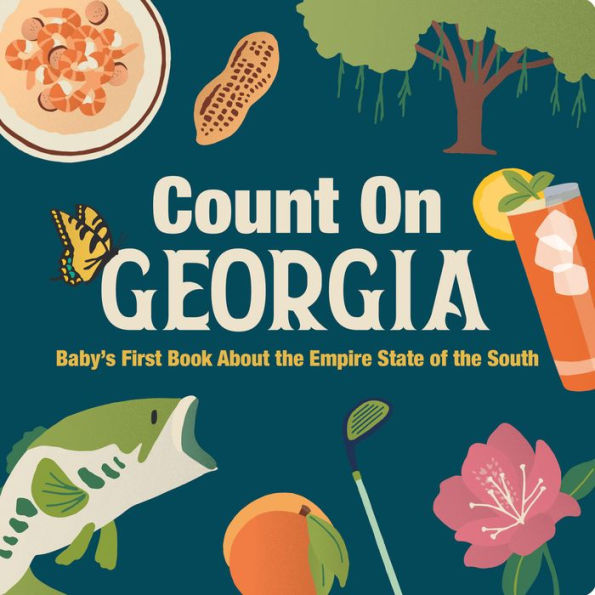Home
First South Carolinians
Barnes and Noble
Loading Inventory...
First South Carolinians in Bloomington, MN
Current price: $14.95


First South Carolinians in Bloomington, MN
Current price: $14.95
Loading Inventory...
Size: OS
“The 32-page paperback picture book tells of the ancient nomadic people in South Carolina, as well as the tribes encountered by European explorers. The Palmers’ straightforward, easy-to-follow text details the hunting practices, food, clothing, homes, games, weapons, religious rites and social conventions, while James Palmer’s illustrations bring them colorfully to life. First South Carolinians has considerable appeal as leisure reading, either as a read-aloud book or for reading kids with an interest in history, the natural world of Indians.”
Anderson (SC) Independent-Mail, June, 2013
“One of the most important objectives when writing an historical children’s book is getting the history right. Palmer said that the thing that surprised her most was how many native peoples there were in South Carolina when the explorers arrived, and how few there were by 1780. As late as 1670 when the English arrived in Charleston, there were at least 19 tribes along South Carolina’s coast, each comprising about a couple hundred people, she said. Then came the Europeans, bringing diseases such as smallpox, measles and diphtheria. They brought pigs that caused disease and crop losses from their rooting and digging. They brought guns, knives and rum. Most of the coastal tribes were decimated, Palmer said. To make the research even more challenging, the Palmers were unable to locate visual or written records prior to the time of European contact. James Palmer, the illustrator, said that there was no record of how they looked. So, they relied on books that drew from the journals of explorers and the early settlers, as well as comparable indigenous people in Central America, to come up with as accurate a depiction of how the people of South Carolina’s 30 or so native tribes lived.”
Greenville (SC) Journal, August, 2013
“First South Carolinians is a professionally illustrated and presented resource book about the known tribes and groups of First Americans inhabiting the area of South Carolina…………to the late 1600’s and contact with European explorers. Groups under study include the Cherokee, divided into three groups of Lower Town, Middle Town and Upper Town, and the Midlands tribes such as Catawba, Cheraw, Congaree, Wateree, Waxhaw, Sugaree and of coastal groups such as the Cusabo, Sewee, Santee, Pee Dee, Waccamaw, Winyah, Wando and Sampit……….Initial descriptions of the first South Carolinians are taken from written records of early European explorers. Thus, accurate projected portraits of some of these people can be created, along with many representations of their accustomed games, weapons, farming and hunting practices, cultural celebrations, and more. First South Carolinians is a fine missing puzzle piece to help present more accessible, accurate information about the daily lives of the first South Carolinians. A glossary and bibliography complete this excellent study which is recommended for students in grades 5 and up.”
The Midwest Book Review – Children’s Bookwatch, Sept. 2013
Anderson (SC) Independent-Mail, June, 2013
“One of the most important objectives when writing an historical children’s book is getting the history right. Palmer said that the thing that surprised her most was how many native peoples there were in South Carolina when the explorers arrived, and how few there were by 1780. As late as 1670 when the English arrived in Charleston, there were at least 19 tribes along South Carolina’s coast, each comprising about a couple hundred people, she said. Then came the Europeans, bringing diseases such as smallpox, measles and diphtheria. They brought pigs that caused disease and crop losses from their rooting and digging. They brought guns, knives and rum. Most of the coastal tribes were decimated, Palmer said. To make the research even more challenging, the Palmers were unable to locate visual or written records prior to the time of European contact. James Palmer, the illustrator, said that there was no record of how they looked. So, they relied on books that drew from the journals of explorers and the early settlers, as well as comparable indigenous people in Central America, to come up with as accurate a depiction of how the people of South Carolina’s 30 or so native tribes lived.”
Greenville (SC) Journal, August, 2013
“First South Carolinians is a professionally illustrated and presented resource book about the known tribes and groups of First Americans inhabiting the area of South Carolina…………to the late 1600’s and contact with European explorers. Groups under study include the Cherokee, divided into three groups of Lower Town, Middle Town and Upper Town, and the Midlands tribes such as Catawba, Cheraw, Congaree, Wateree, Waxhaw, Sugaree and of coastal groups such as the Cusabo, Sewee, Santee, Pee Dee, Waccamaw, Winyah, Wando and Sampit……….Initial descriptions of the first South Carolinians are taken from written records of early European explorers. Thus, accurate projected portraits of some of these people can be created, along with many representations of their accustomed games, weapons, farming and hunting practices, cultural celebrations, and more. First South Carolinians is a fine missing puzzle piece to help present more accessible, accurate information about the daily lives of the first South Carolinians. A glossary and bibliography complete this excellent study which is recommended for students in grades 5 and up.”
The Midwest Book Review – Children’s Bookwatch, Sept. 2013
“The 32-page paperback picture book tells of the ancient nomadic people in South Carolina, as well as the tribes encountered by European explorers. The Palmers’ straightforward, easy-to-follow text details the hunting practices, food, clothing, homes, games, weapons, religious rites and social conventions, while James Palmer’s illustrations bring them colorfully to life. First South Carolinians has considerable appeal as leisure reading, either as a read-aloud book or for reading kids with an interest in history, the natural world of Indians.”
Anderson (SC) Independent-Mail, June, 2013
“One of the most important objectives when writing an historical children’s book is getting the history right. Palmer said that the thing that surprised her most was how many native peoples there were in South Carolina when the explorers arrived, and how few there were by 1780. As late as 1670 when the English arrived in Charleston, there were at least 19 tribes along South Carolina’s coast, each comprising about a couple hundred people, she said. Then came the Europeans, bringing diseases such as smallpox, measles and diphtheria. They brought pigs that caused disease and crop losses from their rooting and digging. They brought guns, knives and rum. Most of the coastal tribes were decimated, Palmer said. To make the research even more challenging, the Palmers were unable to locate visual or written records prior to the time of European contact. James Palmer, the illustrator, said that there was no record of how they looked. So, they relied on books that drew from the journals of explorers and the early settlers, as well as comparable indigenous people in Central America, to come up with as accurate a depiction of how the people of South Carolina’s 30 or so native tribes lived.”
Greenville (SC) Journal, August, 2013
“First South Carolinians is a professionally illustrated and presented resource book about the known tribes and groups of First Americans inhabiting the area of South Carolina…………to the late 1600’s and contact with European explorers. Groups under study include the Cherokee, divided into three groups of Lower Town, Middle Town and Upper Town, and the Midlands tribes such as Catawba, Cheraw, Congaree, Wateree, Waxhaw, Sugaree and of coastal groups such as the Cusabo, Sewee, Santee, Pee Dee, Waccamaw, Winyah, Wando and Sampit……….Initial descriptions of the first South Carolinians are taken from written records of early European explorers. Thus, accurate projected portraits of some of these people can be created, along with many representations of their accustomed games, weapons, farming and hunting practices, cultural celebrations, and more. First South Carolinians is a fine missing puzzle piece to help present more accessible, accurate information about the daily lives of the first South Carolinians. A glossary and bibliography complete this excellent study which is recommended for students in grades 5 and up.”
The Midwest Book Review – Children’s Bookwatch, Sept. 2013
Anderson (SC) Independent-Mail, June, 2013
“One of the most important objectives when writing an historical children’s book is getting the history right. Palmer said that the thing that surprised her most was how many native peoples there were in South Carolina when the explorers arrived, and how few there were by 1780. As late as 1670 when the English arrived in Charleston, there were at least 19 tribes along South Carolina’s coast, each comprising about a couple hundred people, she said. Then came the Europeans, bringing diseases such as smallpox, measles and diphtheria. They brought pigs that caused disease and crop losses from their rooting and digging. They brought guns, knives and rum. Most of the coastal tribes were decimated, Palmer said. To make the research even more challenging, the Palmers were unable to locate visual or written records prior to the time of European contact. James Palmer, the illustrator, said that there was no record of how they looked. So, they relied on books that drew from the journals of explorers and the early settlers, as well as comparable indigenous people in Central America, to come up with as accurate a depiction of how the people of South Carolina’s 30 or so native tribes lived.”
Greenville (SC) Journal, August, 2013
“First South Carolinians is a professionally illustrated and presented resource book about the known tribes and groups of First Americans inhabiting the area of South Carolina…………to the late 1600’s and contact with European explorers. Groups under study include the Cherokee, divided into three groups of Lower Town, Middle Town and Upper Town, and the Midlands tribes such as Catawba, Cheraw, Congaree, Wateree, Waxhaw, Sugaree and of coastal groups such as the Cusabo, Sewee, Santee, Pee Dee, Waccamaw, Winyah, Wando and Sampit……….Initial descriptions of the first South Carolinians are taken from written records of early European explorers. Thus, accurate projected portraits of some of these people can be created, along with many representations of their accustomed games, weapons, farming and hunting practices, cultural celebrations, and more. First South Carolinians is a fine missing puzzle piece to help present more accessible, accurate information about the daily lives of the first South Carolinians. A glossary and bibliography complete this excellent study which is recommended for students in grades 5 and up.”
The Midwest Book Review – Children’s Bookwatch, Sept. 2013

![South of Here [180g Opaque Blue Vinyl ] [Barnes & Noble Exclusive]](https://prodimage.images-bn.com/pimages/0888072617148_p0_v2_s600x595.png)















